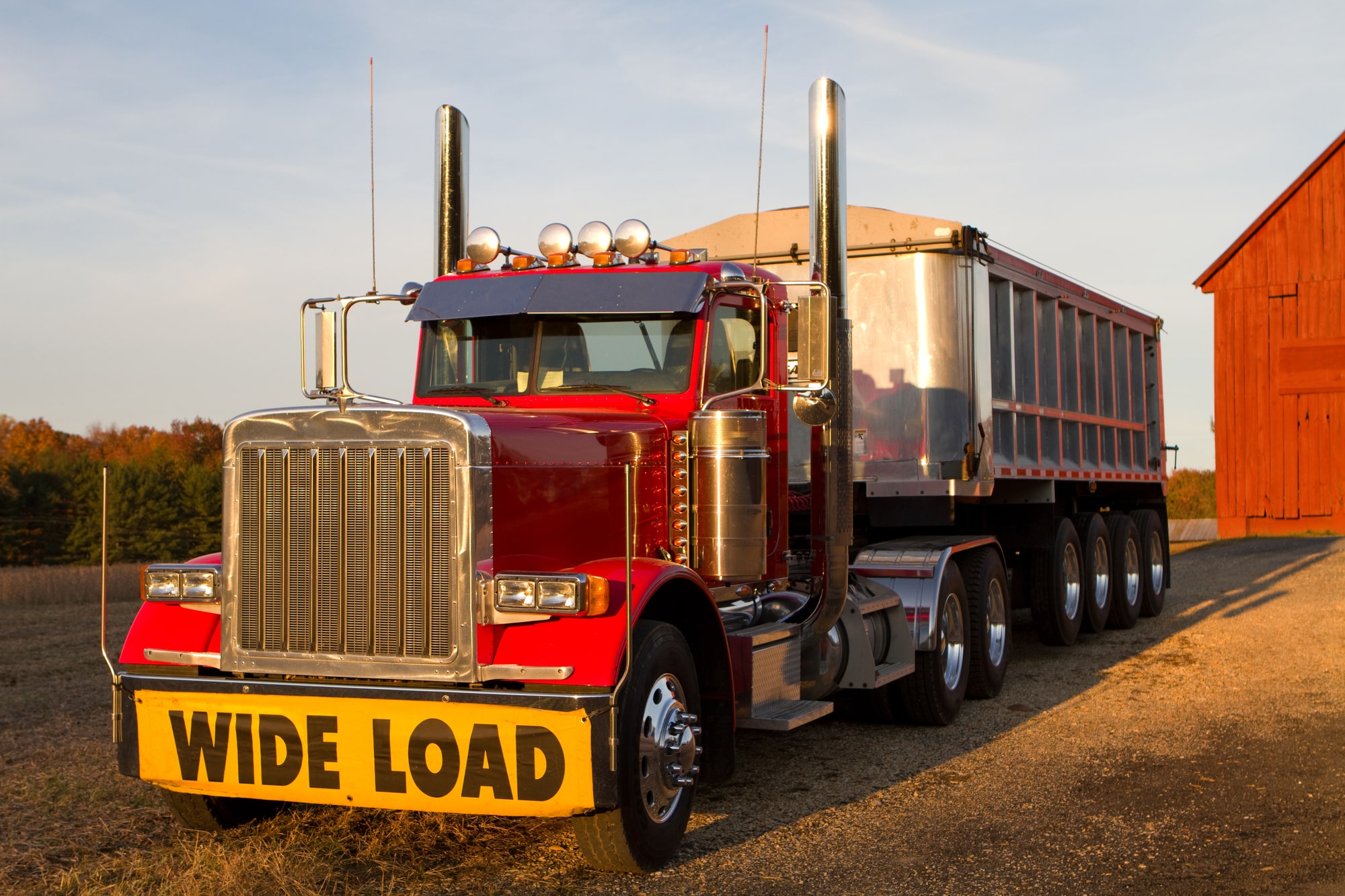Truck Accident Lawyer
Accidents involving large trucks can be devastating, often resulting in severe injuries or, worse, loss of life, and to hold responsible parties accountable, guidance from a truck accident lawyer will be necessary. Given the high stakes, it’s crucial to identify who is liable in such incidents to secure justice and compensation. However, unlike car accidents, where liability is often straightforward, truck accidents introduce a tangled web of potential liability, making the process more complex. Our team from Cashio Injury Attorneys, LLC offers a deep dive into the intricacies of identifying the liable parties in trucking accidents and the reasons behind this complexity.
Multiple Entities in the Picture
A unique aspect of large truck accidents is the number of parties involved in the trucking operation. It’s not only the driver who may be at fault. Trucking companies, owners, loaders, and even manufacturers could potentially be held liable.
- The Truck Driver: Driver error – such as fatigue, speeding, or substance abuse – can directly cause accidents, making the driver liable.
- The Trucking Company: If the company encouraged overloading, unrealistic schedules, or neglected regular vehicle maintenance, they could be held accountable.
- The Owner of the Truck: If different from the driver or the trucking company, the truck’s owner may be liable for inadequate maintenance or allowing unsafe drivers to operate the vehicle.
- Cargo Loaders: Improperly loaded cargo can cause accidents, making the loaders or the loading company potentially liable.
- Truck Manufacturer or Maintenance Provider: These parties could be held responsible if a truck part fails due to manufacturing or maintenance errors.
The Veil of Legalities and Contracts
The legal and contractual relationship between the parties involved often complicates determining liability. For instance, truck drivers may be independent contractors rather than employees. This relationship can shield trucking companies from direct liability, as they might argue they have less control over the drivers. Similarly, leasing agreements between the truck owner and the trucking company can blur lines of responsibility for vehicle maintenance and safety.
Interstate Regulations and Laws
Trucking operations often cross state lines, bringing interstate regulations into play. Varying laws and regulations between states can further complicate the liability determination process. While some laws may hold the trucking company liable for accidents involving their trucks, irrespective of the contractual relationship with the driver, other state laws may not. Navigating this legal environment often requires professional legal assistance.
Insurance Companies and their Roles
Insurers play a crucial role in the aftermath of truck accidents. Each involved party usually has a separate insurance provider, leading to disputes about who should cover the damages. Insurance companies often have experienced legal teams tasked with reducing their financial liabilities, making it harder for victims to claim fair compensation.
Determining liability in a large truck accident is undeniably complex due to the multitude of potentially involved parties, varied legal relationships, differences in interstate laws, and the role of insurance companies. Victims often have to contend not just with the physical and emotional trauma of the accident but also this convoluted legal aftermath.
The intricacy of such cases necessitates the expertise of a professional well-versed in transportation law to navigate the labyrinthine process effectively. By ensuring every potential liable party is investigated, and every law and regulation is considered, victims and their families can have a fair shot at receiving the justice and compensation they deserve. While the process may be complex, it is possible to successfully navigate through to a resolution with the right guidance and determination.

